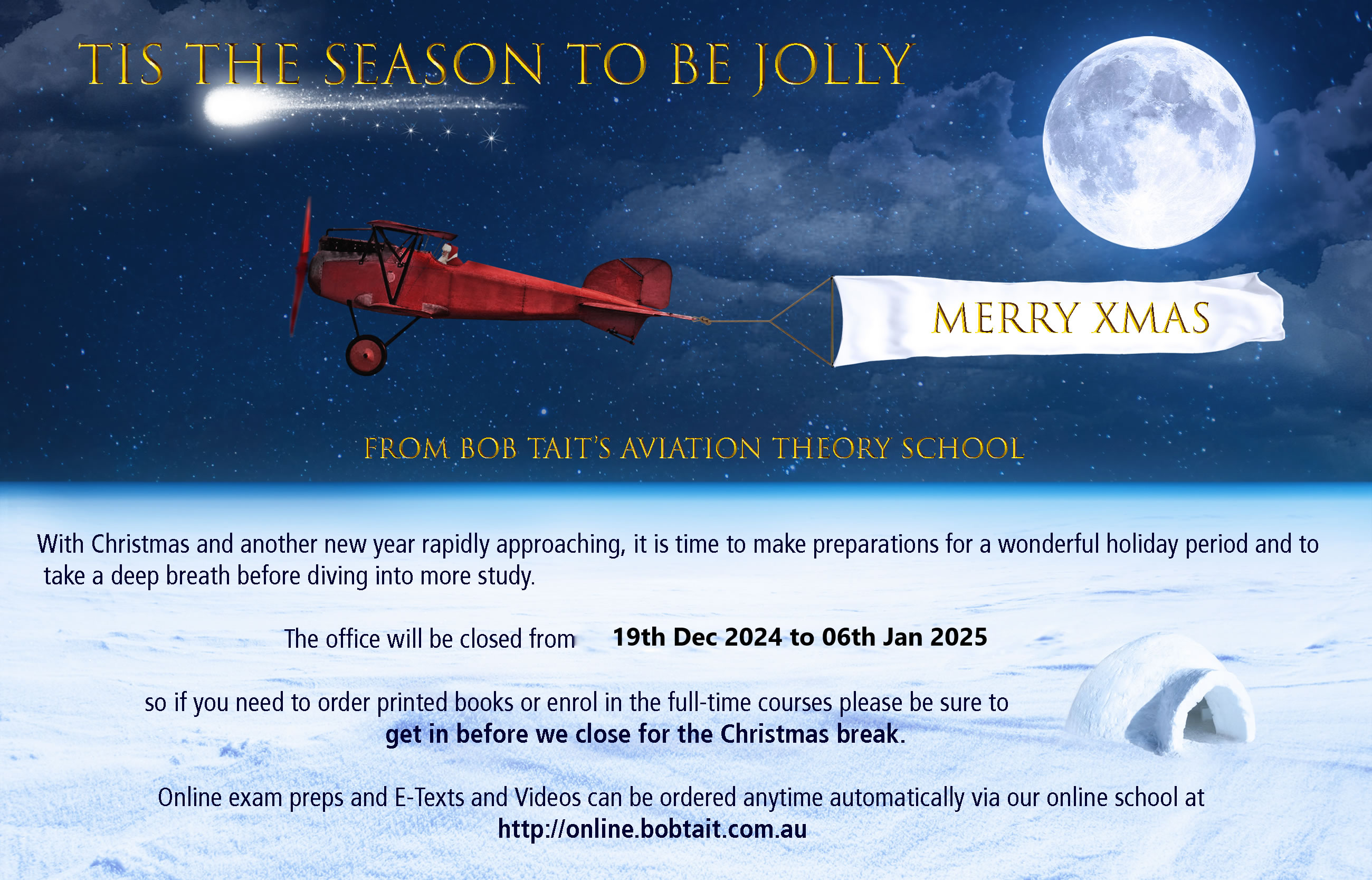Assuming this is for taking off behind a departing aircraft:
Headwinds and light cross winds will/may cause the wake turbulence to drift towards you.
Large aircraft can have steep climb gradients and will out-perform your Cessna 172 - so you'd fly right through the middle of the wake turbulence unless you turned to avoid the turbulence.
While wind disperses vortices faster than nil wind, wind can push vortices toward you.
If you're landing behind a large landing aircraft, a light tailwind (or quartering tailwind) can push the vorticies into your landing zone (assuming you delayed your touchdown point).
If you're departing behind a large departing aircraft, a headwind (i.e., normal wind) can move the vortices closer to your take-off point, so even if you'd take off-earlier than the A380, the vortices will be moving toward you as you line up.
I understand there are two types of questions along this line in the exams:
1. Should you take-off in XYZ conditions, or wait?
2. Which whether condition is most dangerous, calm, windy, wet, or high pressure altitude for wake turbulence?
I think the answer to that would be calm, as the vortices just "hang around" and don't get dispersed as quickly on a windy day.
In short, I think it depends on taking off, landing, in flight, and the conditions. At least on calm days, the vortices location is more easily estimated and avoided, even if they are a hazard for longer than on windy days. Landing vortices are stronger than take-off vortices.
Manual of Standards Part 172 - Air Traffic Services, 10.13.8, deals with the runway separation minima, while 10.12.2 and 10.12.3 deal with the wake turbulence separation minima.
Compare:
10.12.2/10.12.3
A Cessna 172 (light), is supposed to be delayed by 3 minutes (or 8NM) behind a departing A380 (super), or 4 minutes before an arriving A380.
10.13.8
The Cessna 172 must wait until the departing A380, has crossed the up-wind end of the runway in use, or commenced a turn, or is airborne and 6 000 ft ahead and the runway is longer than 6000 ft, before commending take-off.
The Cessna 172 must not take off, after a landed A380, until the appropriate turbulence separation has been achieved.



